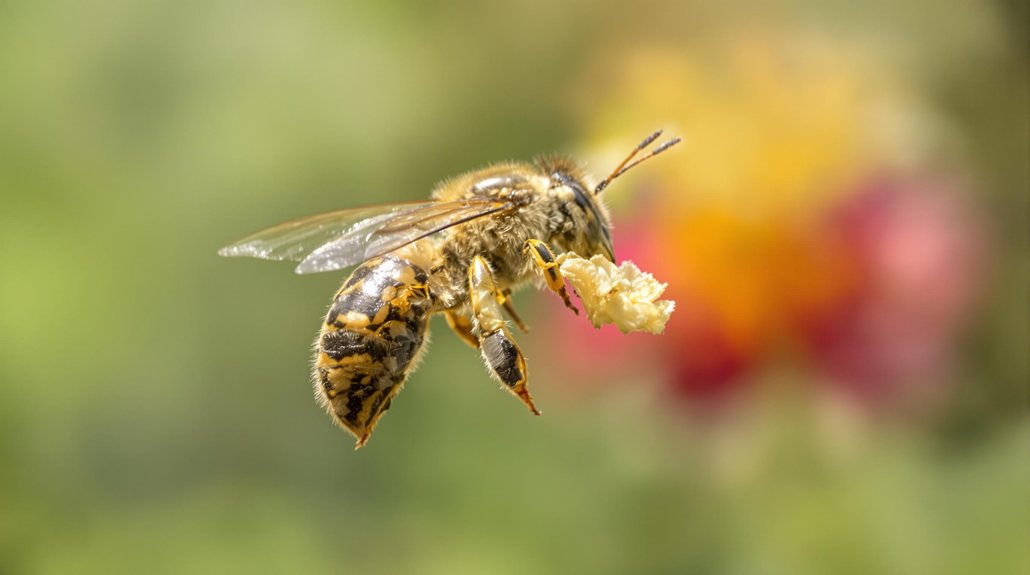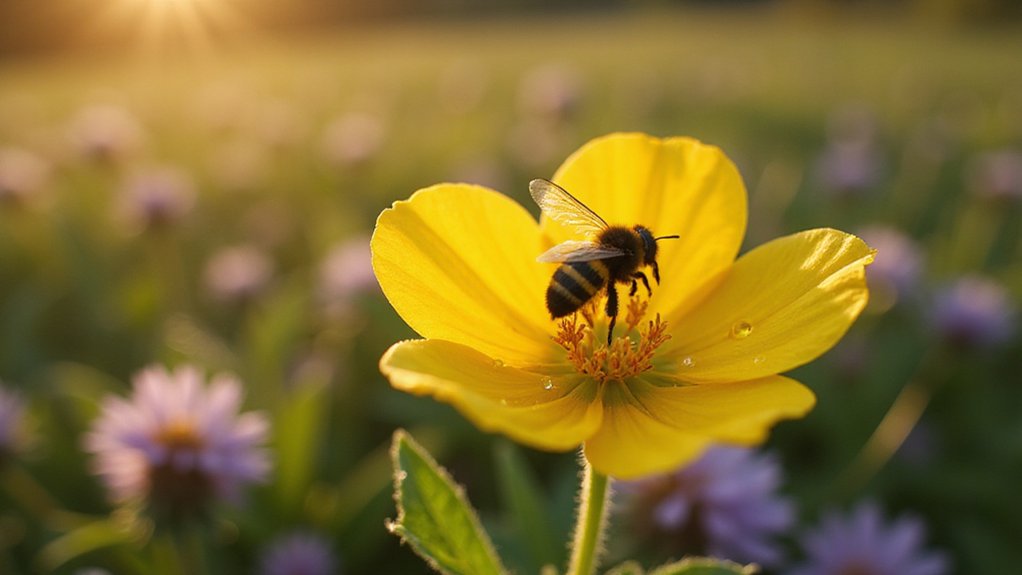While humans worry about their common colds and flus, honeybees face their own viral apocalypse. The most sinister culprit? Deformed Wing Virus (DWV), which plagues over 90% of colonies worldwide. And it’s not working alone. Its partner in crime, Acute Bee Paralysis Virus (ABPV), delivers a knockout punch to already struggling hives. These microscopic monsters are literally tearing apart bee societies from the inside.
DWV turns perfectly healthy bees into grounded workers with shriveled, useless wings. Imagine trying to fly with crumpled paper for wings. Not happening. These infected bees can’t forage properly, yet they attempt to anyway, leaving the hive earlier than they should. Talk about a disaster waiting to happen. They die young and accomplish little. Even in covert infections with no visible symptoms, DWV causes significant colony weakness that can lead to sudden collapse.
The cruel irony of DWV: deformed workers attempting impossible flights, doomed to early deaths and unfulfilled potential.
Meanwhile, ABPV doesn’t waste time with such niceties. It kills quickly and efficiently, causing trembling, paralysis, and death. No prolonged suffering here.
The real villain enabling this catastrophe? Varroa destructor mites. These tiny vampires aren’t content just sucking hemolymph from bees; they also inject viruses directly into developing pupae. It’s like using a dirty needle on a newborn. The results are predictably awful.
The viral transmission doesn’t stop there. Bees spread it themselves through feeding, grooming, and just hanging out together. Queens even pass it to their eggs. The viruses are everywhere in the colony, waiting for the right moment to surge.
What’s particularly sneaky about these pathogens is how they often remain hidden. Covert infections lurk beneath the surface until stress or mite infestations trigger full-blown outbreaks. By then, it’s usually too late.
Some bee populations have adapted to these viral threats, developing tolerance mechanisms that scientists are still trying to understand. Recent research shows that certain mite-resistant honeybee populations have significantly higher survival rates when infected with these viruses compared to susceptible colonies. But most colonies remain vulnerable. The battle between bees and viruses continues to rage, unseen by human eyes but devastating to our pollinators. Their invisible war affects our food security more than most people realize.









